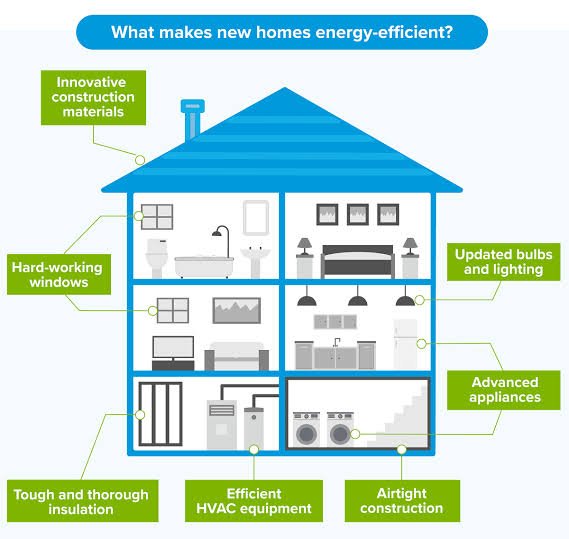When building or renovating a home, ensuring efficient power distribution is crucial for both energy savings and the overall functionality of your electrical system. Efficient power distribution helps minimise energy waste, enhance safety, and reduce electricity bills. If you want to attain an efficient electrical power system in your house, you can get help from Electrical Estimation Services. Here’s a guide to key practices for achieving efficient power distribution in home construction.
1. Plan Your Electrical Layout Carefully
The first step in efficient power distribution is thoroughly planning your electrical layout. This involves mapping out where electrical outlets, switches, and appliances will be placed. Good planning ensures power is distributed evenly throughout the home, reducing the risk of overloading circuits and avoiding unnecessary extension cords.
During the planning phase, consider the electrical needs of each room. For instance, kitchens and home offices may require more outlets and higher power capacity than other areas. By planning ahead, you can create a system that meets your needs without overburdening any single circuit.
2. Use High-Quality Wiring and Components
Using high-quality wiring and electrical components is essential for efficient power distribution. Opt for wiring that meets or exceeds the standard electrical codes. This ensures that the wiring can handle the load of your electrical devices without overheating or causing electrical faults.
Similarly, choose reliable electrical components like circuit breakers, outlets, and switches. These components should be rated for the expected electrical load and should comply with safety standards. Investing in quality materials upfront can prevent costly repairs and enhance the longevity of your electrical system.
3. Incorporate Energy-Efficient Fixtures and Appliances
Energy-efficient fixtures and appliances play a significant role in reducing power consumption and improving distribution efficiency. When selecting lighting fixtures, choose LED or CFL bulbs, which use less energy and have a longer lifespan compared to traditional incandescent bulbs.
For appliances, look for ENERGY STAR® rated models. These appliances are designed to use less energy while performing the same functions as standard models. By incorporating energy-efficient fixtures and appliances, you reduce the overall demand on your electrical system and contribute to lower utility bills.
4. Install a Smart Home System
A smart home system can greatly enhance power distribution efficiency. Smart home technology allows you to monitor and control your home’s electrical usage remotely. With smart thermostats, lighting controls, and appliances, you can optimize energy use based on your schedule and preferences.
For example, smart thermostats can adjust heating and cooling based on your daily routines, reducing energy waste. Similarly, smart lighting systems can be programmed to turn off lights in empty rooms or adjust brightness according to natural light levels. Integrating smart technology into your home helps ensure that power is used efficiently and effectively.
5. Perform Load Calculations
Performing load calculations is crucial for ensuring that your electrical system can handle the demands of your home. A load calculation determines the total amount of electrical power required for your home and helps in sizing the electrical service and circuits appropriately.
If you’re unsure how to perform these calculations, consider consulting with professionals who offer HVAC estimating services. These experts can provide accurate load calculations, ensuring that your electrical system is well-designed to handle your power needs safely and efficiently.
6. Ensure Proper Circuit Breaker Placement
Proper placement of circuit breakers is an important aspect of efficient power distribution. Circuit breakers protect your electrical system by shutting off power when a circuit is overloaded or experiencing a fault. They help prevent electrical fires and damage to your appliances.
Ensure that your circuit breakers are appropriately sized for the circuits they protect and are placed in easily accessible locations. It’s also important to regularly test and maintain your circuit breakers to ensure they function correctly when needed.
8. Regular Maintenance and Inspections
Regular maintenance and inspections are essential for maintaining an efficient power distribution system. Periodically check your electrical system for signs of wear, such as frayed wires, loose connections, or tripped circuit breakers. Addressing these issues promptly can prevent more serious problems and ensure the continued efficiency of your power distribution system.
Conclusion
Efficient power distribution in home construction is vital for energy savings, safety, and overall functionality. By planning your electrical layout carefully, using high-quality materials, incorporating energy-efficient fixtures, and utilizing smart home technology, you can create a power distribution system that meets your needs effectively. Performing load calculations, ensuring proper circuit breaker placement, and considering future expansion also contribute to an efficient and adaptable electrical system. If you want to prevent any electrical mishap in your building, then Electrical Takeoff Services can be a valuable help.


